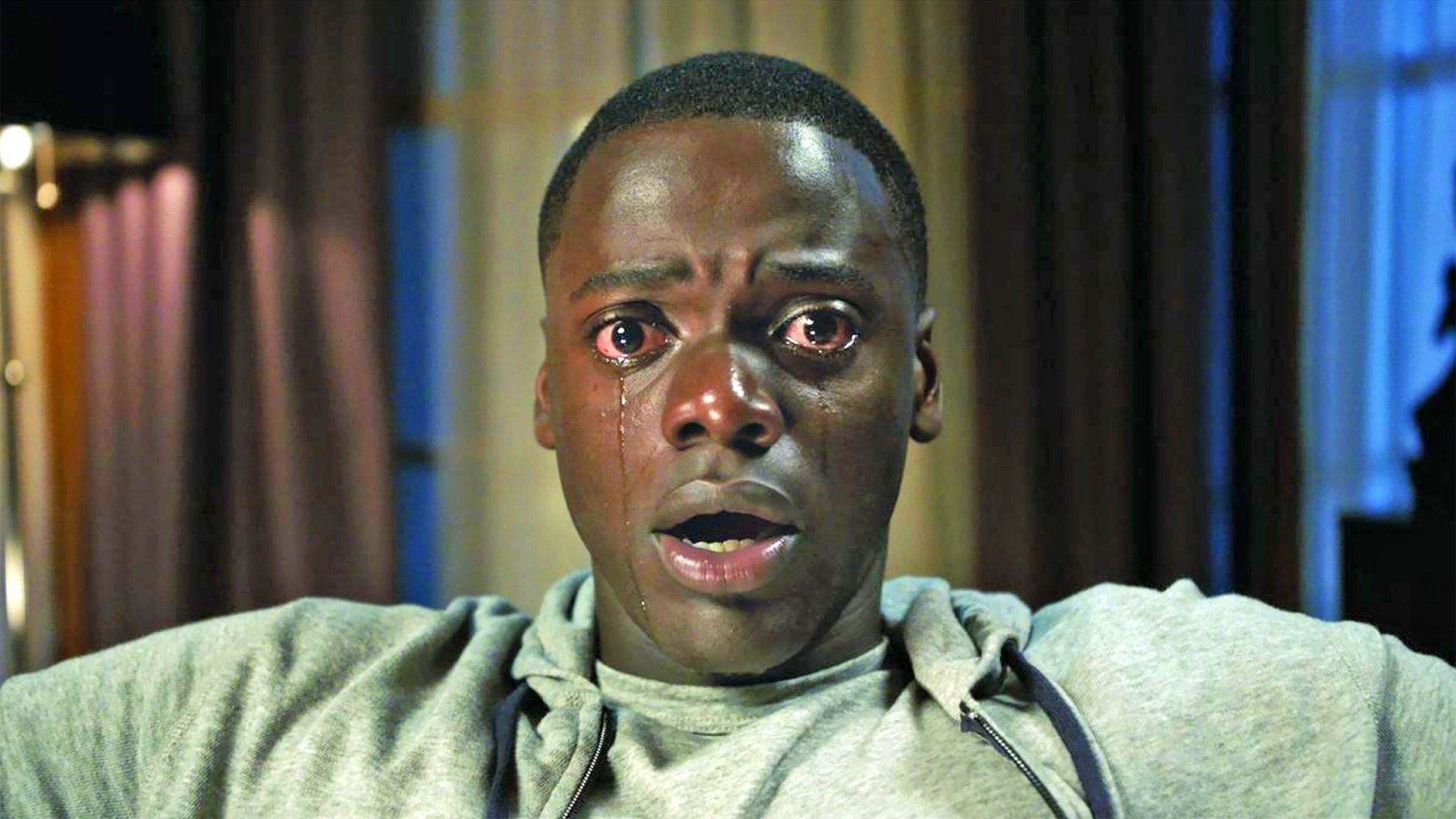iPhone 12 vs iPhone 11: The biggest changes
The iPhone 12 delivers several upgrades over the iPhone 11 — here's how they compare.
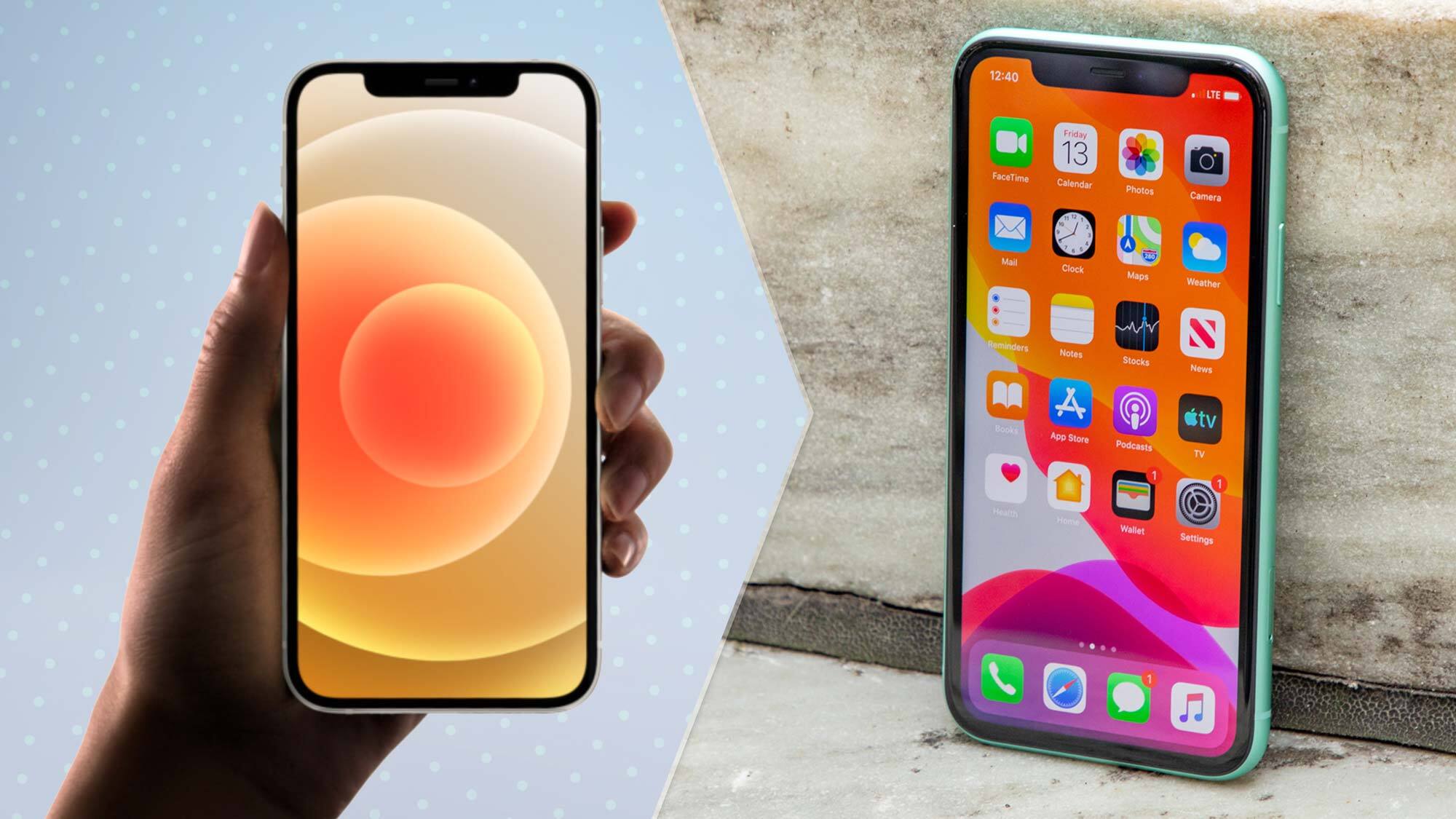
Our iPhone 12 vs iPhone 11 comparison should come in handy you're considering an upgrade or if you're just deciding between the two Apple flagships. Just keep in mind that with the iPhone 13 lineup now here, you may want to consider one of those newer models instead.
As you'll see in our iPhone 12 review, it offers plenty of upgrades over the iPhone 11. For starters, the iPhone 12 line launched with four models, compared to three for the iPhone 11. Apple has also embraced 5G connectivity across the board, and every iPhone 12 packs an OLED screen, which is superior to LCD displays.
The differences don't stop there: the iPhone 12 also benefits from a more durable Ceramic Shield display and a faster A14 Bionic chip, plus a powerful LiDAR sensor on the Pro variants. The prices for the iPhone 12 line are fairly reasonable, too.
- iPhone 13 review: Our verdict is in
- Check out our iPhone 13 Pro review
- Need a cheaper option? Check our iPhone 11 vs. iPhone XR face-off
Still, based on our iPhone 11 review, Apple's older phone remains a strong choice for those on a budget, thanks to price cuts. With the iPhone 13 now here, both the iPhone 12 and iPhone 11 have seen price drops. So it's a perfect time to pick up one of the older models.
Which iPhone should you buy? Here’s our iPhone 12 vs iPhone 11 comparison that breaks down all the biggest differences.
iPhone 12 vs iPhone 11: Specs
| Header Cell - Column 0 | iPhone 12 mini | iPhone 12 | iPhone 11 |
|---|---|---|---|
| Price | $599 | $699 | $499 |
| Display | 5.4 inches OLED (2340 x1080) | 6.1 inches OLED (2532 x 1170) | 6.1 inches OLED (1792 x 828) |
| Colors | Black, White, Red, Green, Blue, Purple | Black, White, Red, Green, Blue, Purple | Black, Green, Yellow, Purple Red, White |
| CPU | A14 | A14 | A13 |
| Storage | 64GB, 128GB, 256GB | 64GB, 128GB, 256GB | 64GB, 128GB |
| Rear camera | 12MP wide (f/1.6), 12MP ultra-wide f/2.4)( | 12MP wide (f/1.6), 12MP ultra-wide f/2.4)( | 12MP wide (f/1.8), 12MP ultra-wide (f/2.4) |
| Front camera | 12MP TrueDepth (f/2.2) | 12MP TrueDepth (f/2.2) | 12MP TrueDepth (f/2.2) |
| 5G | sub-6Ghz, mmWave | sub-6Ghz, mmWave | None |
| Battery life | 7:28 (5G) | 8:25 (5G) | 11:16 (4G LTE) |
| Size | 5.18 x 2.53 x 0.29 inches | 5.78 x 2.82 x 0.29 inches | 5.94 x 2.98 x 0.33 inches |
| Weight | 4.76 ounces | 5.78 ounces | 6.84 ounches |
iPhone 12 vs iPhone 11: Models and sizes
The entry-level iPhone 12 is the 5.4-inch iPhone 12 mini, which represented a new size for Apple. There's also a 6.1-inch iPhone 12, sized similarly to the regular iPhone 11.
As you step up to the Pro phones, the iPhone 12 Pro also comes in two sizes: 6.1 inches for the iPhone 12 Pro and 6.7 inches for the iPhone 12 Pro Max. The iPhone 11 Pro and iPhone 11 Pro Max are 5.8 inches and 6.7 inches, respectively. Overall, Apple's iPhone 12 lineup offers more choice than the iPhone 11 roster.
Sign up to get the BEST of Tom's Guide direct to your inbox.
Get instant access to breaking news, the hottest reviews, great deals and helpful tips.
iPhone 12 vs iPhone 11: Prices
The iPhone 12 mini is the cheapest of the line, starting at $599. The regular iPhone 12 costs $699. Both come with 64GB of storage standard; 128GB costs an extra $50, while 256GB costs an additional $150.
The iPhone 12 Pro and Pro Max start with 128GB of storage. At launch, they had cost exactly what the iPhone 11 Pro and Pro Max did: $999 for the smaller model, and $1,099 for the larger one.
In keeping with tradition, Apple has now retired the iPhone 12 Pro range while keeping the iPhone 12 and iPhone 12 mini on the market. The latter two phones got $100 discounts when the iPhone 13 line was announced.
The iPhone 11 now starts at $499 for 64GB of storage and $549 for 128GB.
See our iPhone 12 deals page for the latest discounts.
iPhone 12 vs iPhone 11: Design
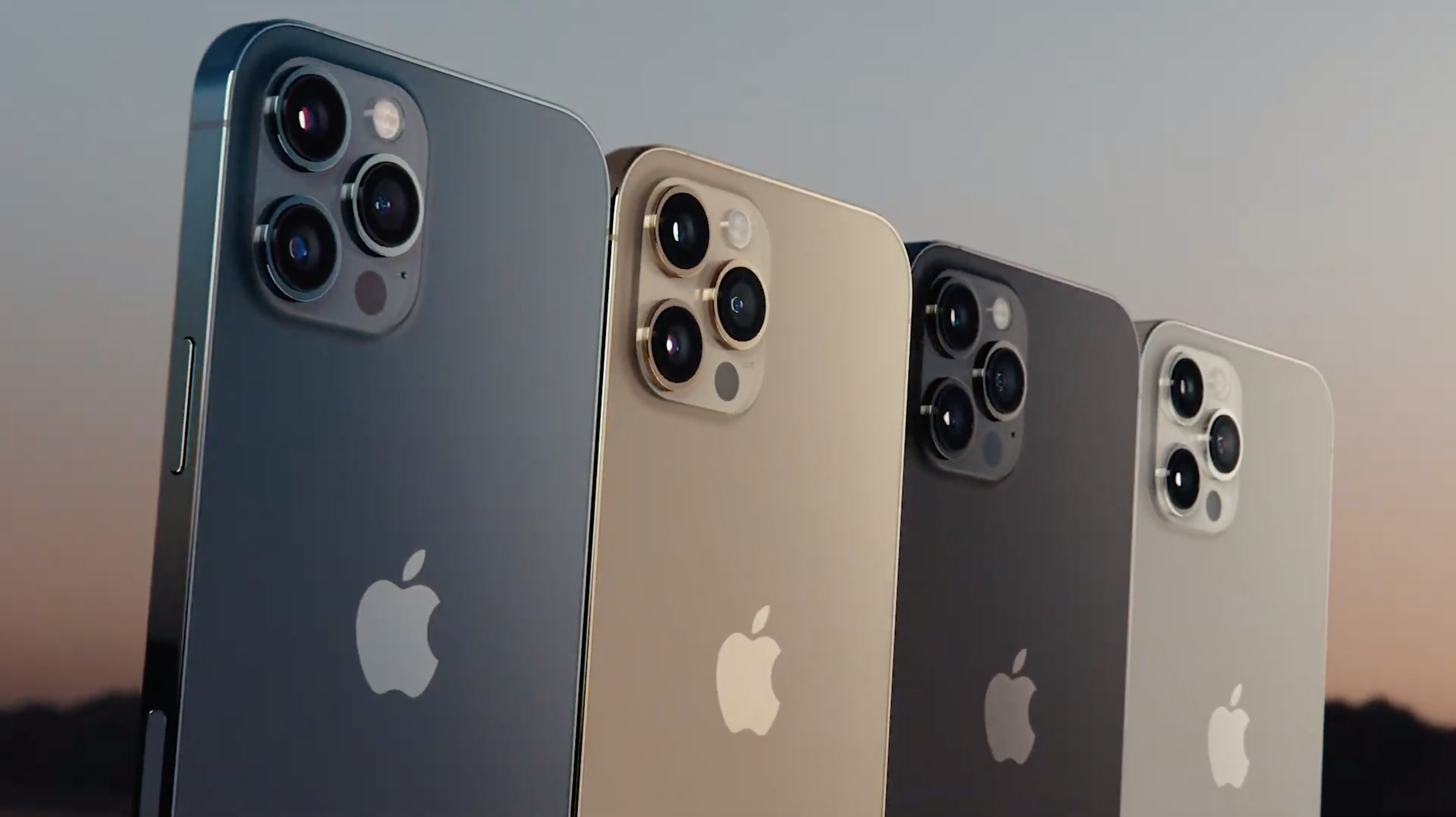
The iPhone 12 line got quite the makeover, thanks to flatter sides instead of the iPhone 11's rounded design. This retro-modern look is appealing, even if the sides dig into your hands a bit more.
The biggest design change is the Ceramic Shield display on every iPhone 12 model. Apple promises 4x the drop performance compared to the iPhone 11 series, and thus far various iPhone 12 drop tests look very promising.
Unfortunately, rumors of a slimmer notch for the iPhone 12 did not come to pass; its iPhone 12's cutout for its TrueDepth camera and earpiece is the same size as before. (The iPhone 13 finally did get a smaller notch.)
However, Apple has trimmed the bezel around the Super Retina XDR displays in all iPhone 12 models, resulting in a slightly more expansive screen-to-body ratio. According to Apple's measurements, the 6.1-inch iPhone 12 is 11% thinner, 15% smaller and 16% lighter than the 6.1-inch iPhone 11.
The iPhone 12 and 12 mini come in five colors (black, white, Product Red, blue and green), while the iPhone 12 Pro and Pro Max come in four (graphite, silver, gold and Pacific Blue).
iPhone 12 vs iPhone 11: Display
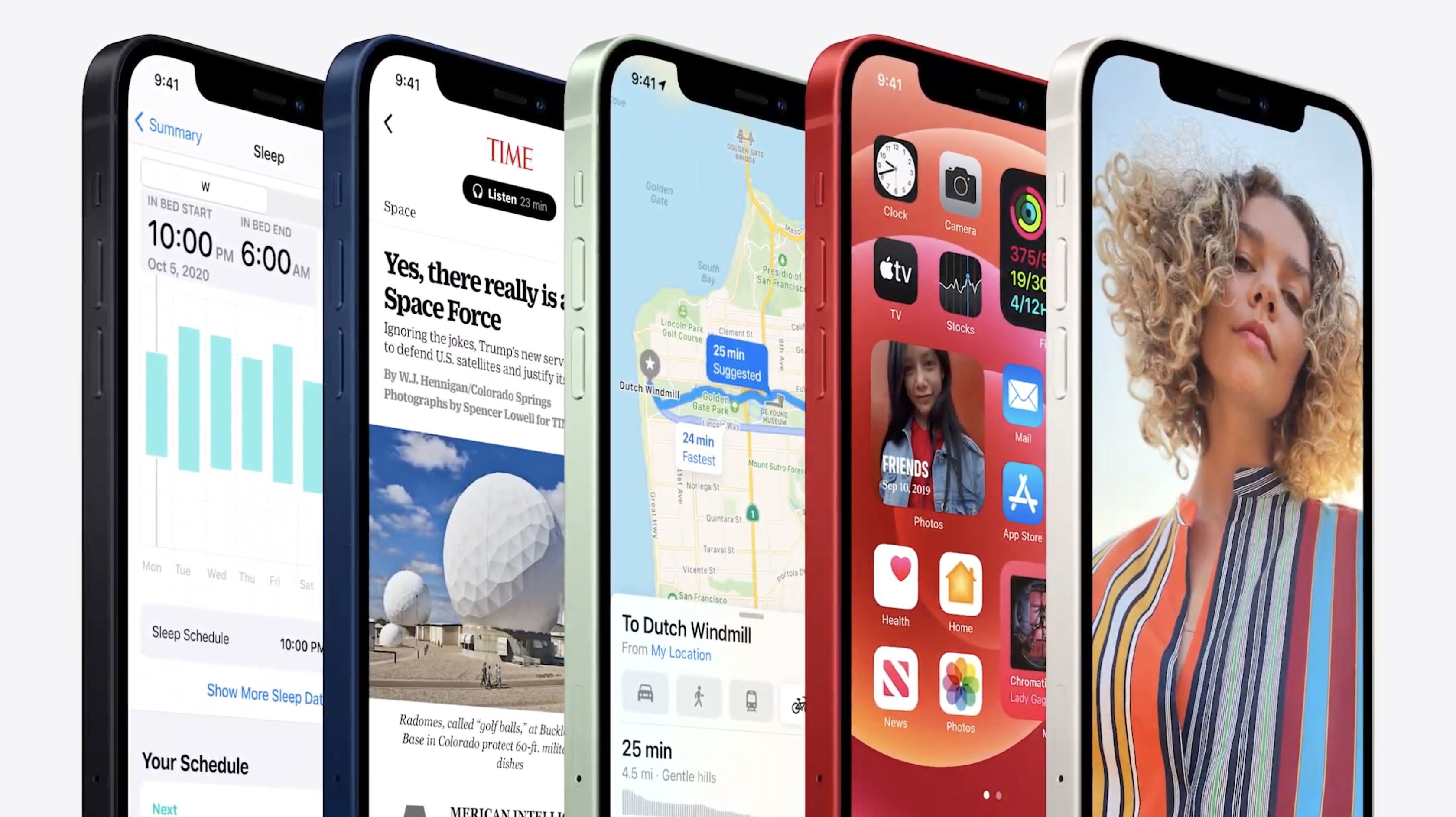
All four iPhone 12 models feature Super Retina XDR OLED displays like the iPhone 11 Pro, while the iPhone 11 offered an LCD screen.
There are several benefits of OLED vs LCD, including deeper blacks, more vibrant colors and wider viewing angles. Overall, the switch to OLED represents probably the biggest improvement or positive difference an iPhone 11 user is likely to appreciate in moving to an iPhone 12.
Apple wasn't able to deliver 120Hz refresh rates on its Pro-series models with the iPhone 12, as had been rumored to do in the months leading up to launch. Battery concerns were reportedly the culprit for the omission, which certainly made sense given that all iPhone 12 models support millimeter-wave 5G, which can be pretty power hungry.
However, the iPhone 13 Pro and iPhone 13 Pro Max did get the 120Hz displays a year later. If that's what you're after, or you're a big mobile gamer, those may be the models you want.
It's worth noting that the iPhone 12 and iPhone 12 mini displays are rated for 625 nits of average brightness, compared to 800 nits for the iPhone 12 Pro phones. So you'll get a brighter picture for the iPhone 12 Pros.
iPhone 12 vs iPhone 11: Specs and performance
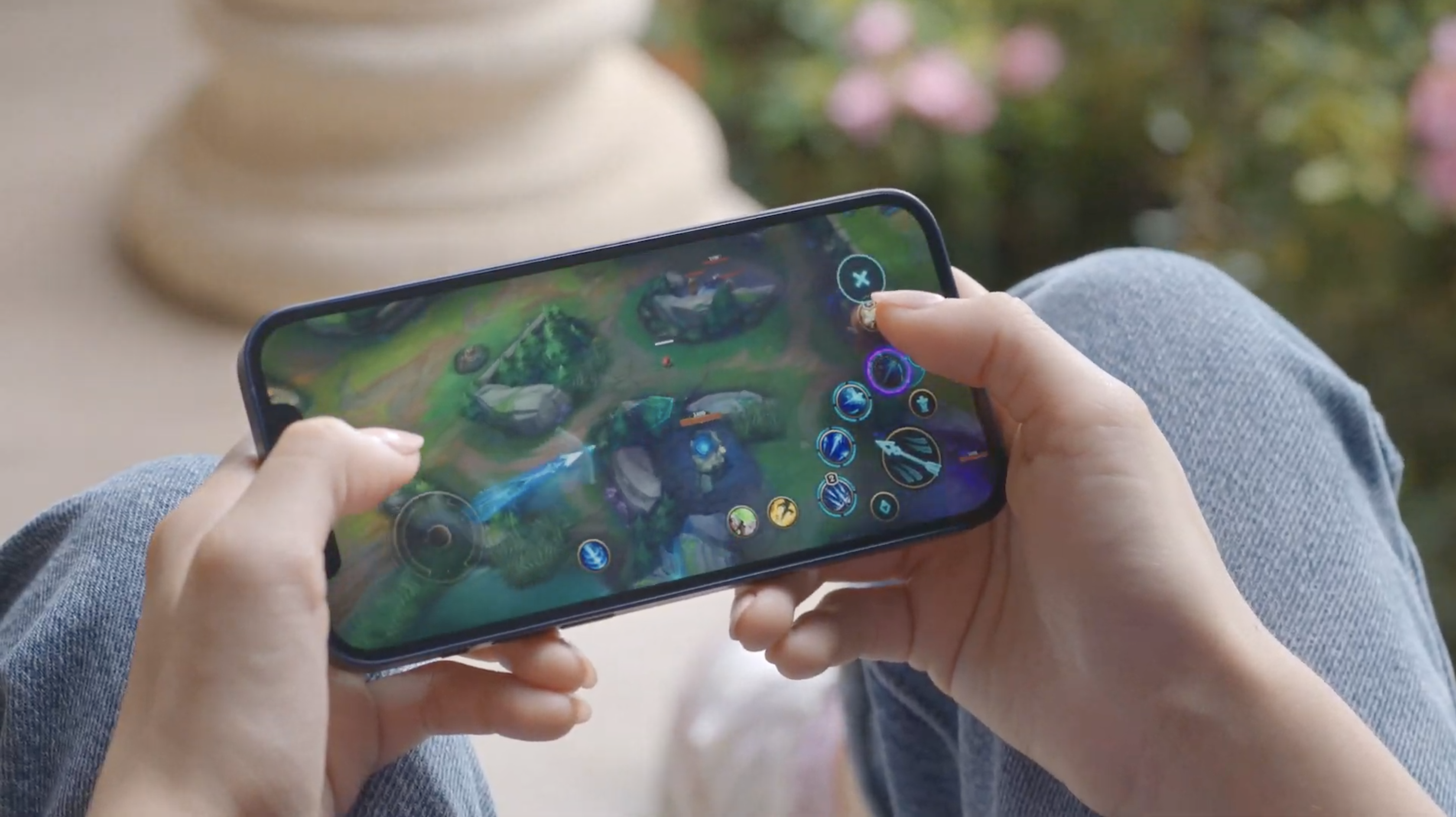
The whole iPhone 12 line features Apple's new A14 Bionic processor, which promises up to 50% better CPU and GPU performance compared to other Android phones. In addition, the A14 boasts a 16-core Neural Engine that delivers an 80% performance increase.
The iPhone 12 benchmarks we've run reveal a pretty big jump in performance. On Geekbench 5, for example, the iPhone 12 notched 3,859 on the multi-core test, compared to 3,517 for the iPhone 11 Pro Max. (Of course, the iPhone 13's A15 chipset does even better.)
We also timed how long it took to transcode a 4K video to 1080p in the Adobe Premiere Rush app, and the iPhone 12 finished in just 26 seconds. The iPhone 11 Pro needed 45 seconds.
We didn't see as big a leap in graphics performance. On the 3DMark Wild Life test, the iPhone 12 hit 39 frames per second, while the iPhone 11 Pro Max scored an even higher 42 fps. But when we switched to the off-screen version of the test, the iPhone 12 Pro notched a higher 51 fps to the iPhone 11 Pro's 42 fps.
iPhone 12 vs iPhone 11: Cameras and LiDAR scanner
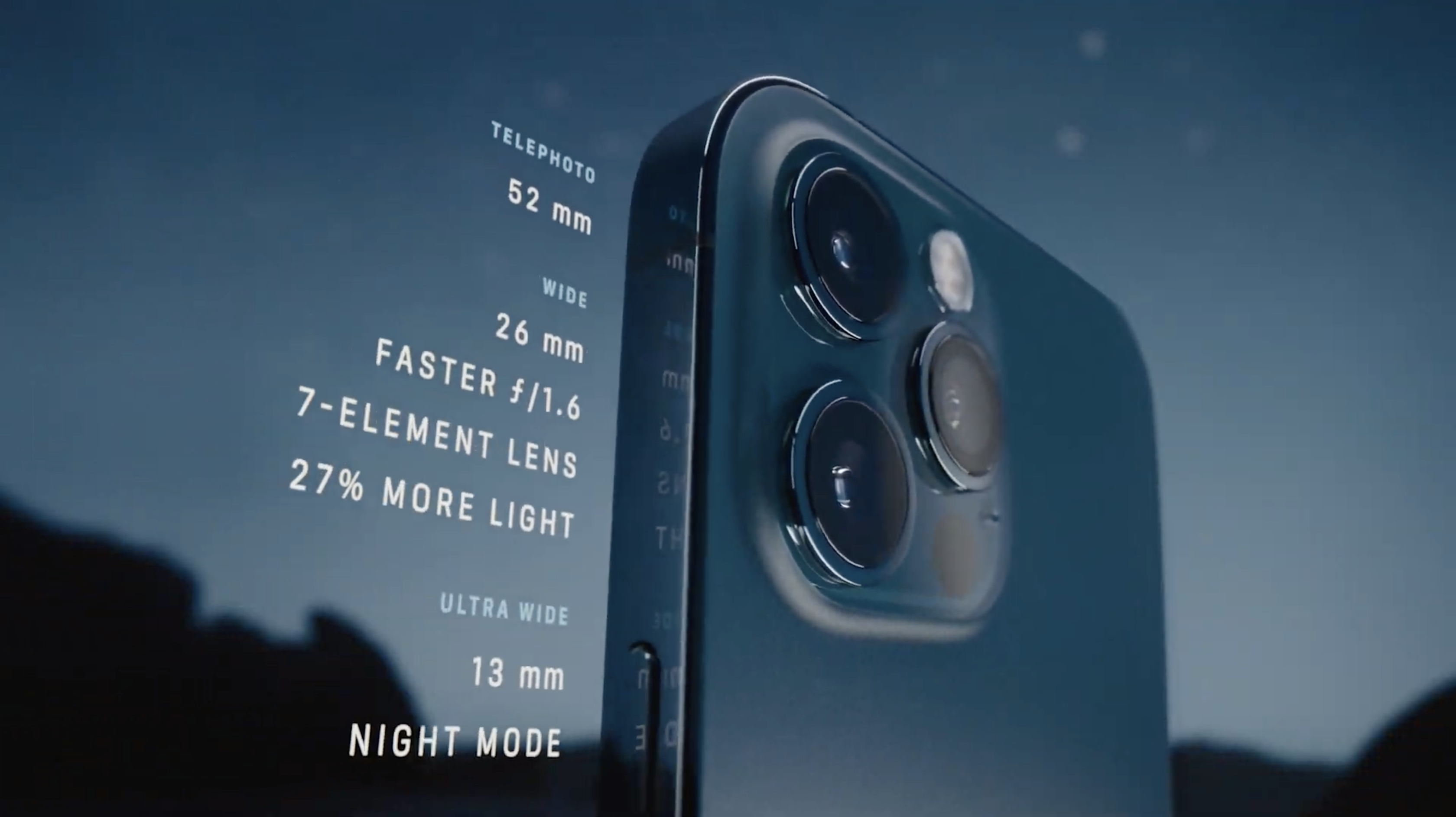
The iPhone 11 and iPhone 11 Pro proved to be among the best camera phones on the market, thanks to their great Night Mode and next-generation Smart HDR. The iPhone 11 featured a standard wide and ultra-wide lens, while the iPhone 11 Pro series added a telephoto zoom.
For the iPhone 12, the regular 5.4-inch iPhone 12 and 6.1-inch iPhone 12 offer two lenses once more, and the iPhone 12 Pro and iPhone 12 Pro Max have three cameras plus a LiDAR scanner.

This advanced time-of-flight sensor, which is already on the iPad Pro 2020, assists with autofocus and subject detection in video recording and when using the phone’s cameras in Night Mode.
As for the other cameras, Apple is utilizing a wider ƒ/1.6 aperture for the primary camera in every iPhone 12, as well as a seven-element lens design that is said to markedly increase the quality of photos, particularly in medium- and low-light scenarios.
The iPhone 12 Pro Max in particular sports a larger image sensor with Sensor Shift image stabilization technology, and its telephoto lens achieves 2.5x optical zoom. That's a step up from the 2x zoom of the iPhone 11 Pro, 11 Pro Max and 12 Pro models.
The iPhone 12 range can employ Night Mode and Portrait Mode on every single one of the phones' cameras, across the front and back. And all devices in the family can achieve 10-bit HDR video recording with Dolby Vision (though the iPhone 12 Pro and Pro Max can do this at 60 frames per second, as opposed to 30 fps for the regular iPhone 12).
The iPhone 12 Pro and Pro Max also have a feature called "ProRAW". While typical RAW images don't work on smartphones because of all the image processing phones have to do, Apple's system blends the two together — shooting high quality, uncompressed RAW files with some image processing on top.
It doesn't stop you doing some post-production editing as you would an ordinary RAW file, but it does give you a hand by taking care of some of the more troublesome parts before you take a crack at it.
iPhone 12 vs iPhone 11: 5G vs 4G
While the iPhone 11 series was strictly 4G only, all four iPhone 12 models employ 5G connectivity. And that's not only for the nationwide, sub-6GHz 5G networks. All iPhone 12 variants are also equipped for millimeter-wave (mmWave) 5G, too, which will grant you exceptionally fast data speed in urban areas, up to 3.5Gbps in optimal conditions, according to Apple.
Nationwide 5G isn't performing as well as most carriers would probably like, as even under the best circumstances speeds have either narrowly outpaced or well underperformed the fastest LTE signals. It also proved to be a serious power drain, with our testing finding that 5G took an extra two hours off the battery life (8 hours and 26 minutes vs 4G's 10:23)
At this very moment, then, 5G isn't realizing its potential. But in a year to two years' time, you'll probably wish you had an iPhone that could take advantage of it.
iPhone 12 vs iPhone 11: Battery life
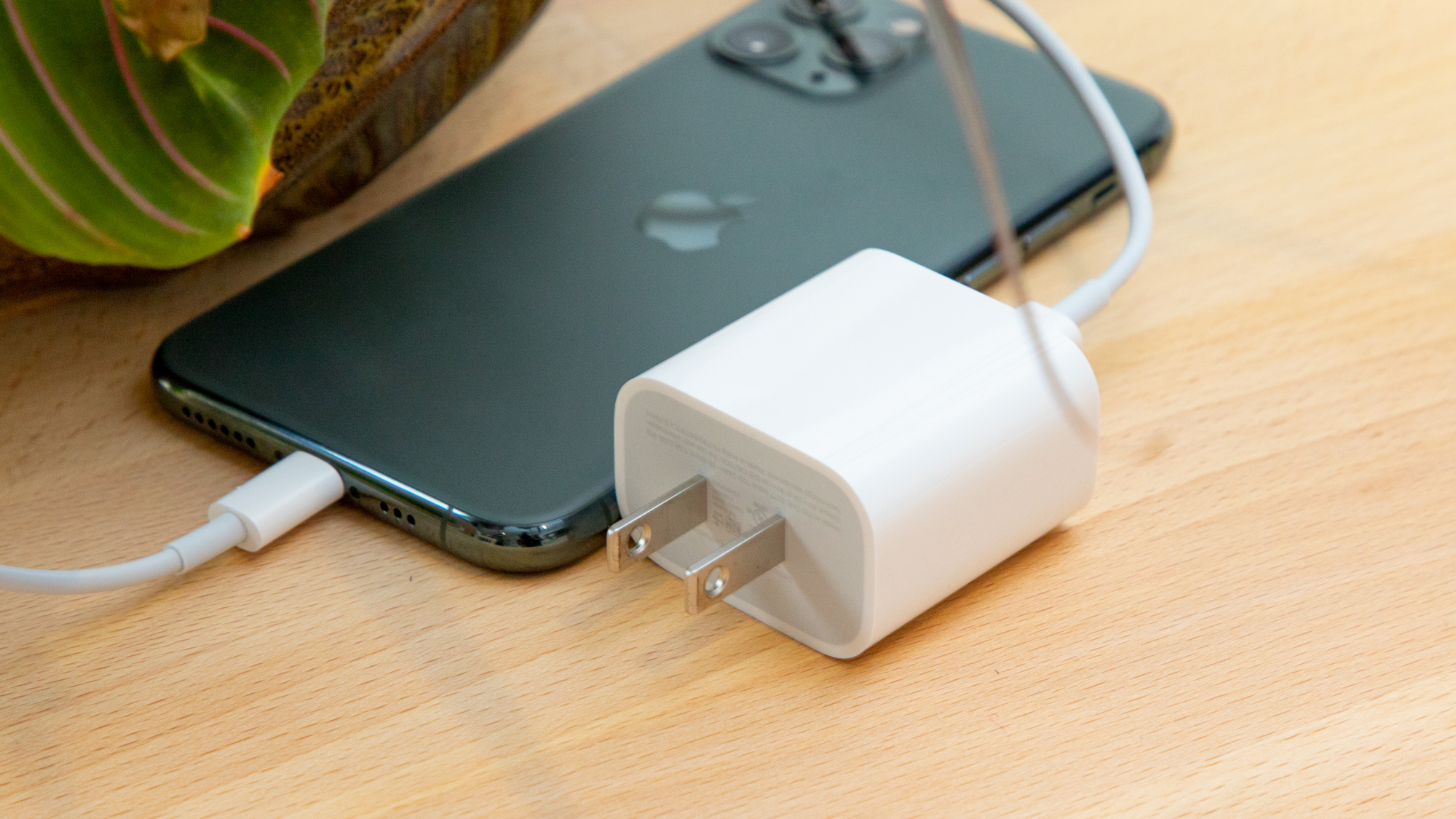
Apple isn't known for stuffing the biggest batteries possible inside its phones. The iPhone 11 packed a 3,100 mAh battery, while the iPhone 11 Pro featured a 3,046 mAh battery. The iPhone 11 Pro Max stepped that up to a 3,969 mAh battery.
On our battery testing, the iPhone 11 (11 hours and 16 minutes) and iPhone 11 Pro Max (11:54) both provided enough endurance to land on our best phone battery life list.
The iPhone 12 and 12 Pro, on the other hand, both come with a 2,815 mAh battery.
According to Apple the iPhone 12 has a similar battery life to the iPhone 11, despite the smaller battery. But our testing showed this wasn't the case. Over 5G the iPhone 12 and iPhone 12 Pro lasted 8:25 and 9:06, respectively.
Things were better over 4G. The iPhone 12 only lasted 10 hours and 23 minutes, while the iPhone 12 Pro lasted 11 hours and 24 minutes.
The iPhone 12 mini lasted only 7:28 on 5G while the iPhone 12 Pro Max reached 10:53, making it the longest-lasting iPhone 12.
iPhone 12 vs iPhone 11: Charging and MagSafe
The bad news is that Apple does not include a charger of any kind in the iPhone 12 box. Apple did this to help reduce waste and help the environment. Instead, you get just a USB-C to Lightning cable in the box.
Fortunately, Apple has made it easier than ever to recharge your iPhone, despite making you pay extra for a charging brick. The $39 MagSafe charger offers 15W wireless charging, and it's easy to snap the charger on your iPhone 12 because it uses magnets.
MagSafe is not particularly fast, though, with our testing figures confirming that the battery level was at just 39% after 30 minutes of charging. You can also opt for a $19 20W wired charger that should get you to 50% in in 30 minutes.
iPhone 12 vs iPhone 11: Bottom line
The iPhone 12's upgrades are plenty, from 5G and a faster A14 Bionic processor to new display sizes for both the iPhone 12 and iPhone 12 Pro Max. And, if you're really into photography, you'll enjoy the better low-light performance on the regular iPhone 12 and faster auto-focus on the iPhone 12 Pro models.
Are all of these differences be enough to get shoppers excited? It certainly doesn't hurt that Apple's made its new iPhones thinner and sleeker, despite all those additions. The iPhone 11 remains a good value if you're on a tighter budget, but we'd check out the latest iPhone 12 deals before you decide.
Check out our full iPhone 12 review and iPhone 12 Pro review to see how these phones stack up. Of course, now that the iPhone 13 lineup is available, you'll want to consider those phones as well.
Mark Spoonauer is the global editor in chief of Tom's Guide and has covered technology for over 20 years. In addition to overseeing the direction of Tom's Guide, Mark specializes in covering all things mobile, having reviewed dozens of smartphones and other gadgets. He has spoken at key industry events and appears regularly on TV to discuss the latest trends, including Cheddar, Fox Business and other outlets. Mark was previously editor in chief of Laptop Mag, and his work has appeared in Wired, Popular Science and Inc. Follow him on Twitter at @mspoonauer.

